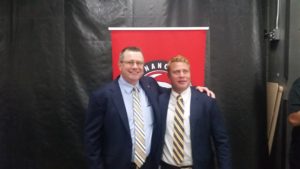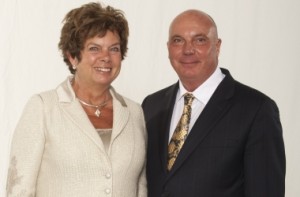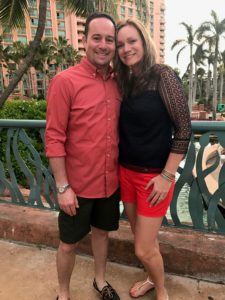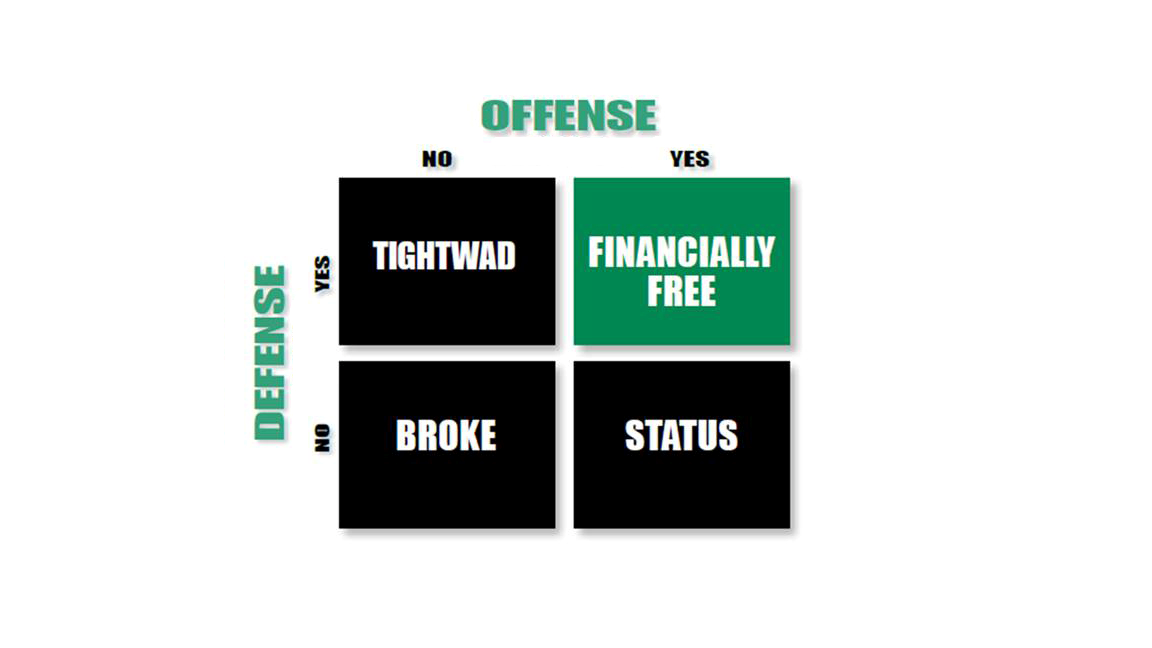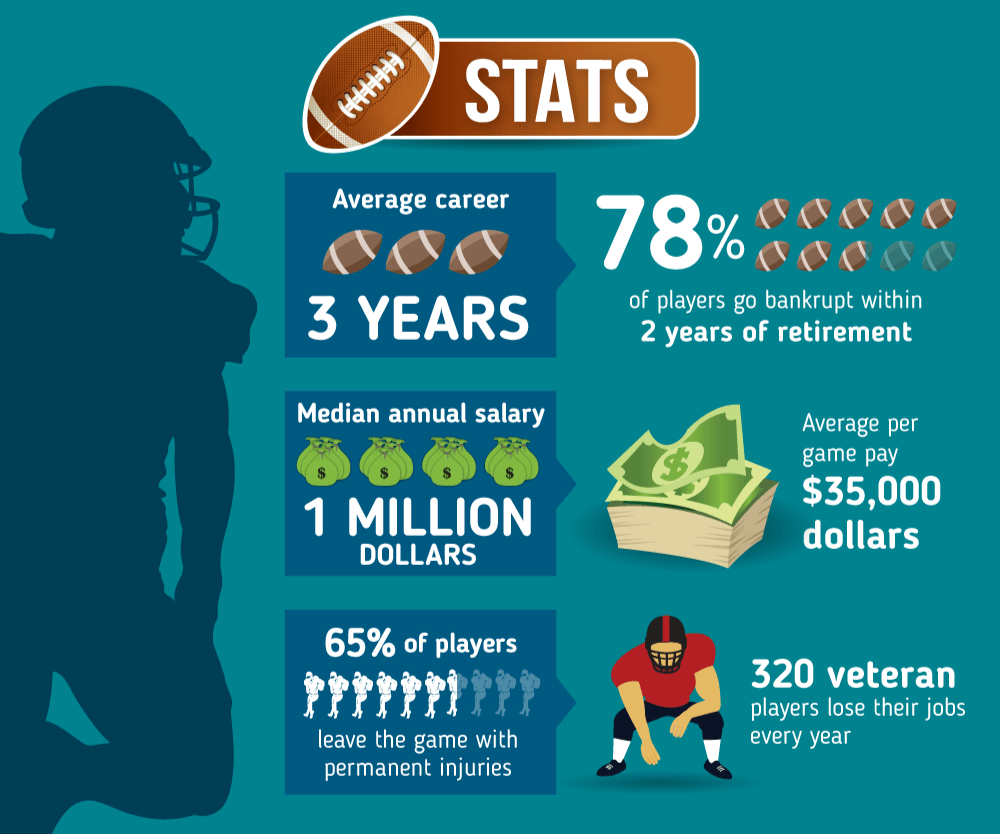This is an excerpt from my new book EXPOSED: The Financial Matrix. Free Banking, along with free money (Bitcoin), has the ability to revolutionize the world economy by ending the monopoly of Big Banks and Big Government over the people. Get educated to set yourself free. Sincerely, Orrin Woodward
Although a book could be written on how the free market system applied to money and banking would end the Financial Matrix, for now let’s zoom out to address the key steps and how they are interrelated. Fortunately, people do not have to understand all the technical minutiae of free market banking and money to play a part in the Financial Justice movement. However, I want to cover enough details so that anyone interested can do further research.
The first step is to end legal tender laws and state-mandated money. This allows the free market to determine what is money again, rather than the Financial Matrix. Real money is the most marketable commodity, and whether the market chooses precious metal money, Bitcoin (see Appendix II), or some other alternative, the key is that it is money chosen freely by the market, not coercively by the financial elites. Legitimate money, unlike today’s fiat currency, is a store of value that endures, just as ancient Egypt’s gold still has enduring value today. In contrast, no State fiat money system has ever survived, not even one of the many hundreds attempted. The difference between real and fiat money is one has legitimate demand in the marketplace and the other is used only because the State coerces people to use it. The path to freedom must begin with the restoration of free market money by eliminating the central banks, the banking cartel, and the fraudulent FRB system, operating a free banking system under the general commercial laws other businesses must follow. This will reestablish free money in a free banking system with FRB permanently outlawed.
Central Banks vs. Free Banking
The second step is to end central banks designed to protect the fractional reserve banking system by creating fiat money, and thereby plundering the people. Vera Smith, in her thesis approved by Nobel Prize–winning Austrian economist Friedrich von Hayek, gave the classic definition of free banking as opposed to central banking:
A régime where note-issuing banks are allowed to set up in the same way as any other type of business enterprise, so long as they comply with the general company law. The requirement for their establishment is not special conditional authorization from a Government authority, but the ability to raise sufficient capital, and public confidence, to gain acceptance for their notes and ensure the profitability of the undertaking. Under such a system all banks would not only be allowed the same rights, but would also be subjected to the same responsibilities as other business enterprises. If they failed to meet their obligations they would be declared bankrupt and put into liquidation, and their assets used to meet the claims of their creditors, in which case the shareholders would lose the whole or part of their capital, and the penalty for failure would be paid, at least for the most part, by those responsible for the policy of the bank. . . . No bank would have the right to call on the Government or on any other institution for special help in time of need. No bank would be able to give its notes forced currency by declaring them to be legal tender for all payments. . . . A central bank, on the other hand, being founded with the aid either direct or indirect of the Government, is able to fall back on the Government for protection from the disagreeable consequences of its acts. The central bank, which cannot meet its obligations, is allowed to suspend payment . . . while its notes are given forced currency.
Free Banking with 100% Reserves
Free banking is not a new concept. In fact, before central banks, there was much more competition among banks. Without competition, the banking system has been allowed to join forces in a cartel that benefits themselves at the people’s expense. Free banking advocate Kevin Dowd noted: “Free banking is—or at least ought to be—one of the key economic issues of our time. There is mounting evidence that the monetary instability created by the Federal Reserve—persistent and often erratic inflation, the unpredictable shifts of Federal Reserve monetary policy, and the gyrating interest rates that accompany both inflation and the monetary policy that creates it—have inflicted colossal damage on the US economy and on the fabric of American society more generally.” Free banking, in other words, is free market competition in the banking field and breaks the central bank control over the money supply. This ensures the banks must compete to serve customers like other businesses must do. Ludwig von Mises explained in Human Action: “What is needed to prevent any further credit expansion is to place the banking business under the general rules of commercial and civil laws compelling every individual and firm to fulfill all obligations in full compliance with the terms of the contract.” Whereas Mises emphasized the importance of bank competition under general commercial law, Murray Rothbard went one step further, suggesting that fractional reserve, since it is fraud against the consumer, should also be protected under the commercial code, explaining: “The answer to fraud, then, is not administrative regulation, but prohibition of tort and fraud under general law.” By combining these two great economic minds’ thinking, we arrive at free market banking with 100% mandated reserves operating under general commercial law.
Mises explained the benefits of free banking over the fractional reserve system supported by central banks: “Free banking is the only method available for the prevention of the dangers inherent in credit expansion. It would, it is true, not hinder a slow credit expansion, kept within very narrow limits, on the part of cautious banks which provide the public with all information required about their financial status. But under free banking it would have been impossible for credit expansion with all its inevitable consequences to have developed into a regular—one is tempted to say normal—feature of the economic system. Only free banking would have rendered the market economy secure against crises and depressions.”
Under the free market banking system, there would be no need for central banks because there would no longer be any FRB monetary instability that led to the boom/bust cycles in the first place. The banks would then compete and prosper by gaining the trust of customers and other banks to settle all customer transactions. Banks would be mandated not only to keep 100% money reserves on hand by law, but also to ensure they remain solvent. After all, when one of their customers writes a large check to one of the customers of a rival bank, the money reserve is moved from the first bank to the second bank. If the bank cannot make one of its customers checks good, then the bank has lost trust with its customers and other banks, not to mention it is now in legal trouble for violating the 100% reserve clause. Naturally, the free banking network would only do business with other banks with proven track records, and any bank suspected of fraudulent practices will have its banknotes, checks, and credit cards rejected by the other banks, similar to how businesses reject personal checks from suspected sources. Trust is similarly the key ingredient with the bank’s customers because, if customers suspect the bank of practicing FRB, they will demand their deposits back and seek a more trustworthy bank. A free market would punish banks for violating trust even before the government was aware FRB fraud was committed, and the misbehaving institutions would be essentially excommunicated from the banking profession.
Thus, FRB, for all practical purposes, would be eliminated under free banking competition, even without the 100% reserve requirement. However, like legal suspenders to go along with the free competition belt, even if some wily banker discovered a novel method of using fractional reserve banking, i’’s doubtful many bankers would risk prison sentences to do so. In 1994, after he had retired, former Federal Reserve Chair Paul Volcker, perhaps the most fiscally conservative person ever to hold the position, admitted: “It is a sobering fact that the prominence of central banks in this century has coincided with a general tendency towards more inflation, not less. [I]f the overriding objective is price stability, we did better with the nineteenth-century gold standard and passive central banks, with currency boards, or even with ‘free banking.’ The truly unique power of a central bank, after all, is the power to create money, and ultimately the power to create is the power to destroy.”
With free market banking and the end of central banks, however, the banks would then have to convince customers to forego access to their money in order to loan it to others. After all, in a free banking system, banks would make money by paying one interest rate to secure funds from depositors while charging a higher interest rate to loan out those same funds. In banking parlance, the idea is to “borrow short and lend long.” Under a system such as the one just described, the money supply would not have expanded. This is because the depositor and borrower do not have access to the same money at the same time. Additionally, free banking would be much more efficient, performed at a fraction of the cost, and with reasonable instead of exorbitant profits because the banks would no longer be able to plunder the people.
Depositor money would always be secure (without the need for a central bank lender of last resort), the money supply would be stable (and selected by the free market), and inflation would be a thing of the past (banks no longer expanding the money supply). As such, the free-banking structure would allow banks to pursue whatever business ventures they deem profitable so long as they have 100% reserves to protect customer deposits. Of course, this would legally be part of the general prohibition against fraud and breach of contract. Moreover, anyone would then be able to enter into the field of banking because it is one of the pillars of free markets. To do so, they must earn customer deposits by building trust. The interest rates on loans and securities would be determined by the supply and demand for money on the free market, which would then determine the market price (the market interest rate) of money. Free banking would allow independent banks to open and close branches wherever they believed they could or couldn’t compete effectively. Finally, there would be no need for FDIC insurance or any other excessive regulations since FRB is illegal, and the competition among banks would ensure that building trust would be the only way banks could stay in business. To compete, the banks would have to impress upon customers that their deposits were secure and impress upon competitive banking institutions that their banknotes were as good as gold.









